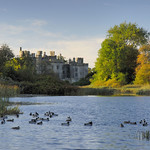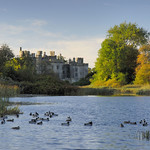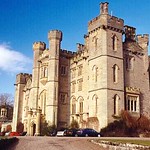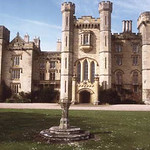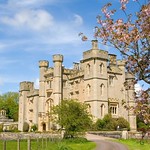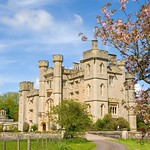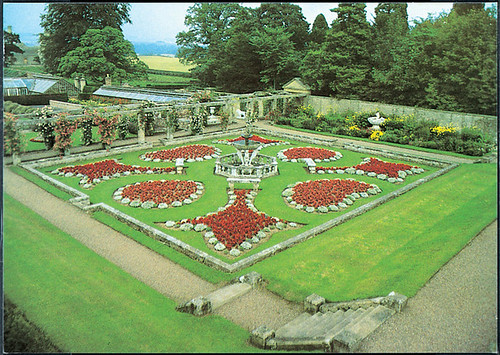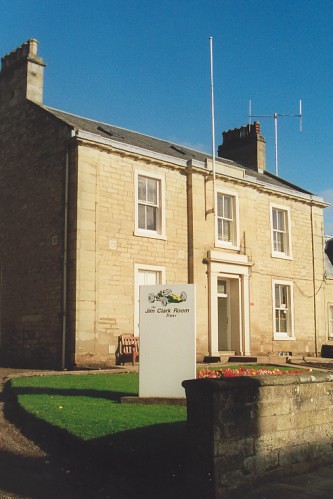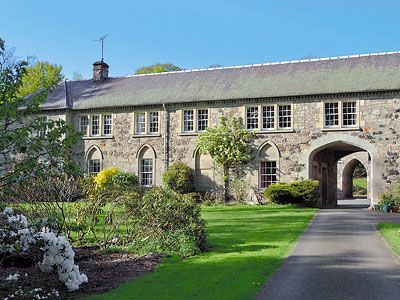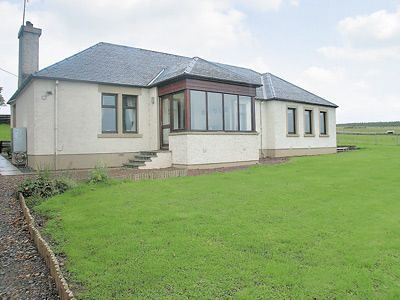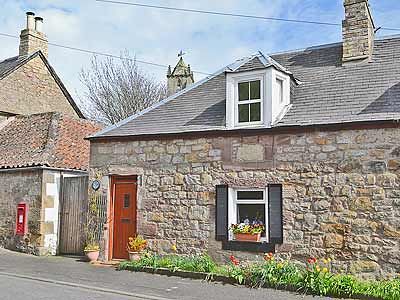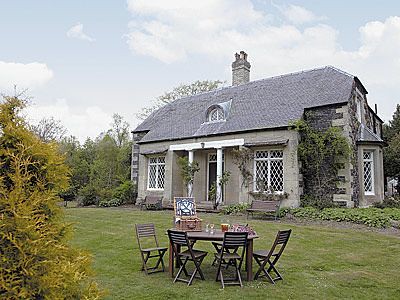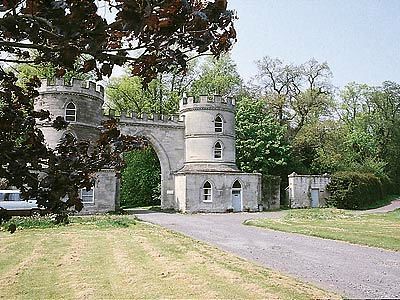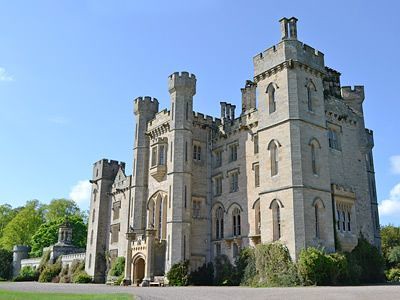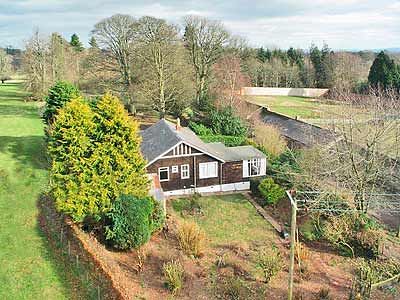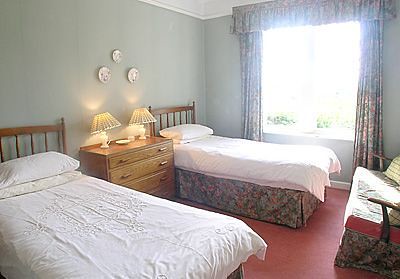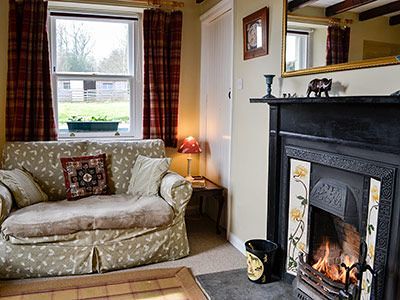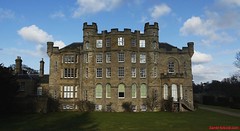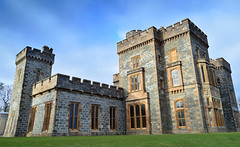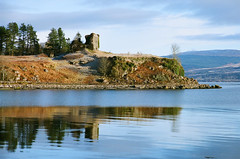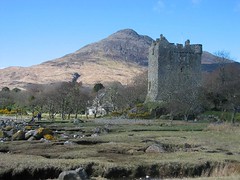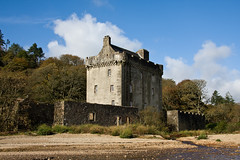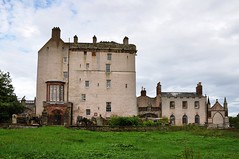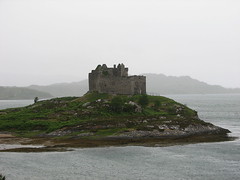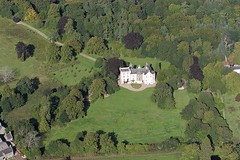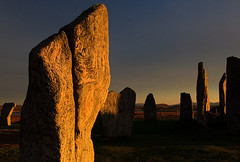Duns Castle
Massive norman and victorian Border Pele or Peel that dates back to 1320 with later C19 baronial additions by Graham. Still inhabited by the same family since C17 and not open to public.
The orignal castle was built Randolph, Earl of Moray who was nephew to Robert the Bruce and a close ally after he had accepted the Bruce. He was used by Bruce to counter various strong families by giving him land in the area. Originally the castle was probably a large stone keep, built between 1316 and 1320, measuring 15 metres by 10.5 metres. In the 15th or 16th centuries a square wing was added to the keep, the new addition measuring around 9 metres square with walls some 2.4 metres thick. The house was bought by the Hay family in 1696 and the same family have lived there since. It is claimed that Alexander Hay who was an ADC to the Duke of Wellington and was killed at Waterloo to the Duke's extreme distress still haunts the castle.
What you see today is mainly the result of the 19th century makeover which saw the Normal Peel Tower disappear beneath a massive gothic baronial extension. Aadditions were made in 1698, from 1774 to 177, from 1791 to 1798, and then finally between 1818 and 1822.
Duns Law on the castle estate was the historic location of the Scottish Covenanters rising against King Charles 1 in 1639 under General Leslie, who quartered himself in the Castle.
The first Mrs. Hay of Duns Castle was a descendant of Mary Seton, a lady-in-waiting to Mary, Queen of Scots, so the house has strong Stuart connections.
Opening Times
Not open to public unless you are attending event there.


